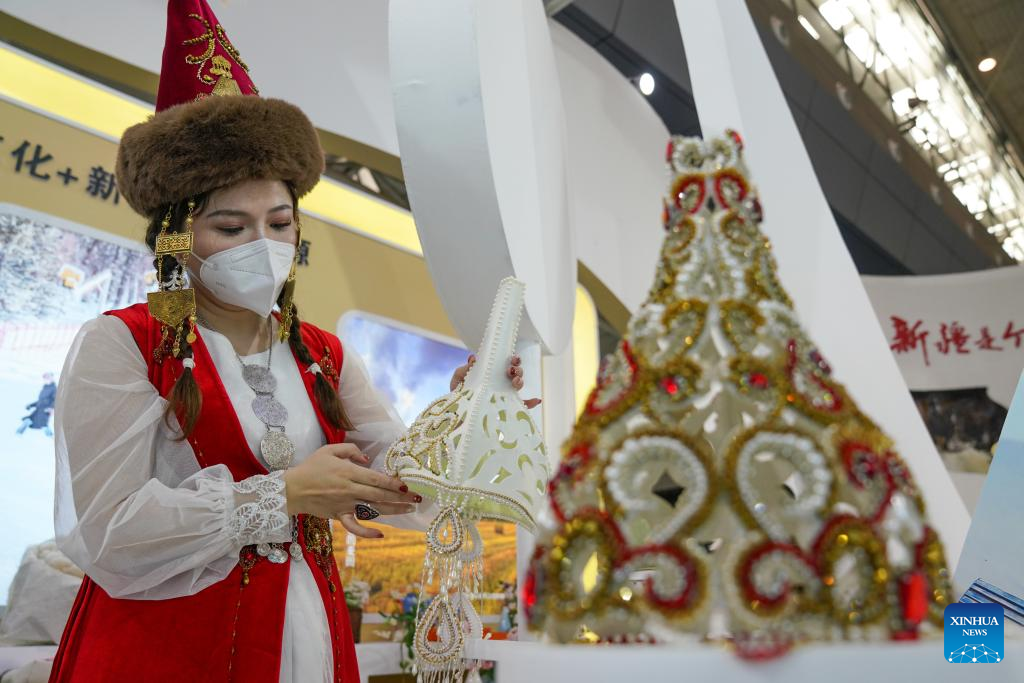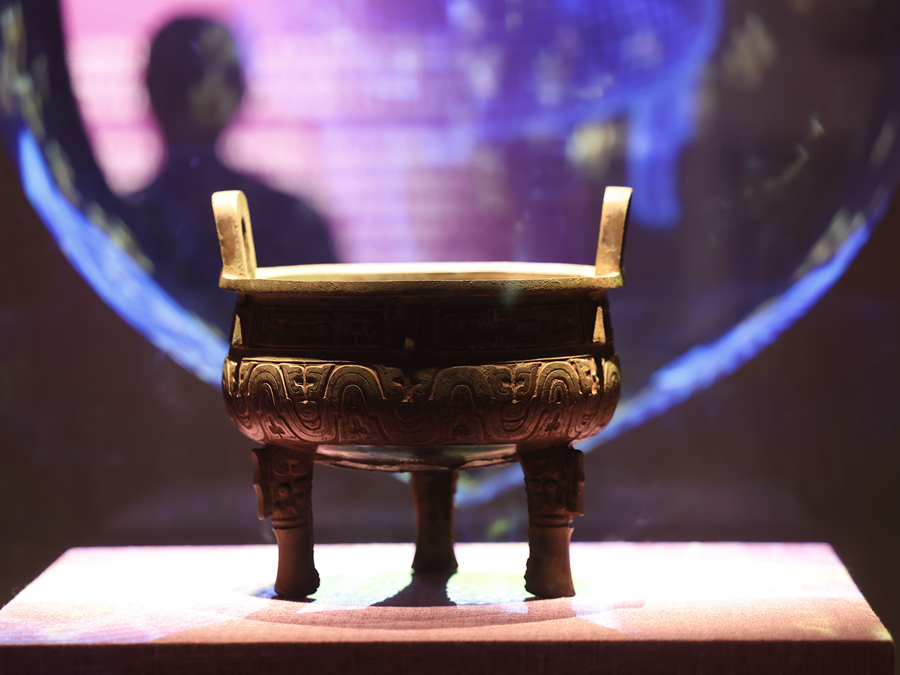
(Zhao Yaling/Xinhua Daily)
As part of its 122nd anniversary celebrations, Nanjing University has unveiled an exhibition dedicated to its extensive collection of cultural relics, including the prized Ke Ding, an ancient tripod belonged to an official named Ke during the Western Zhou period (c.11th century-771 BC).
The exhibition is held at the Nanjing University Museum at the university’s Xianlin campus, marking the first time for the treasure on public display in over 20 years.
The small tripod, placed prominently in the exhibition hall, was cast at the end of the 10th century BC, according to the museum’s deputy director Zhao Dongsheng.
This round device stands 28.5 cm tall with a diameter of 29 cm, adorned with patterns around. Its inner wall features 72 inscribed characters in nine rows, indicating that the owner of the tripod was responsible for managing the royal family’s diet, meals for sacrificial ceremonies, conveying the king's orders, and participating in state and military affairs.
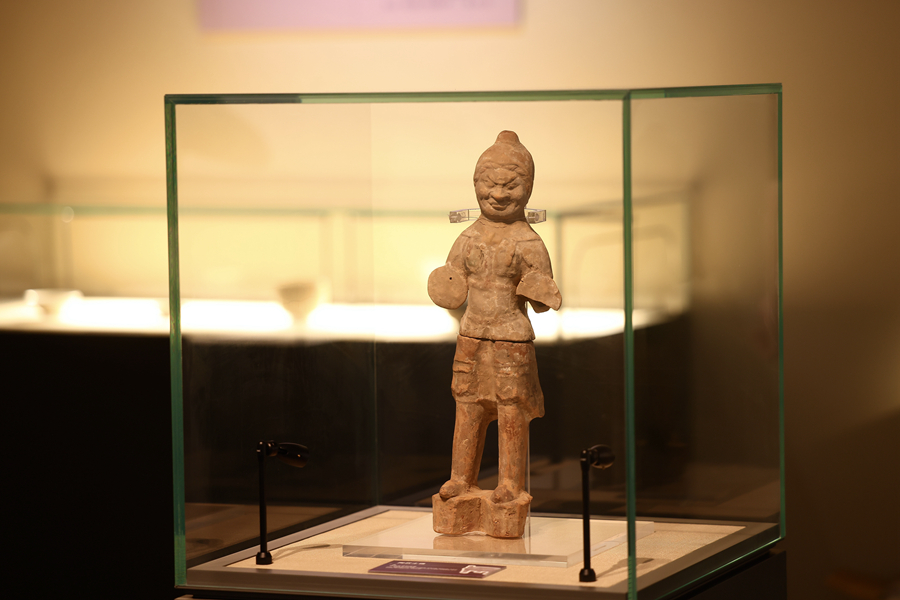
In ancient China, the use and ownership of Ding was regarded as a symbol of power and social status. The Ke Ding was unearthed in Shaanxi in 1890 during the Qing Dynasty (1644-1911) and was donated to Jinling University, a predecessor of Nanjing University in 1934. To mark the 110th anniversary of Nanjing University in 2012, a large bronze tripod was cast and placed at the square of Xianlin campus.
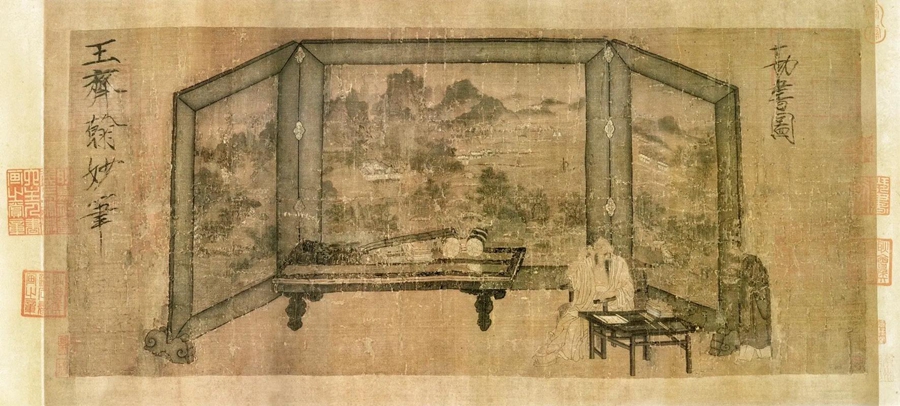
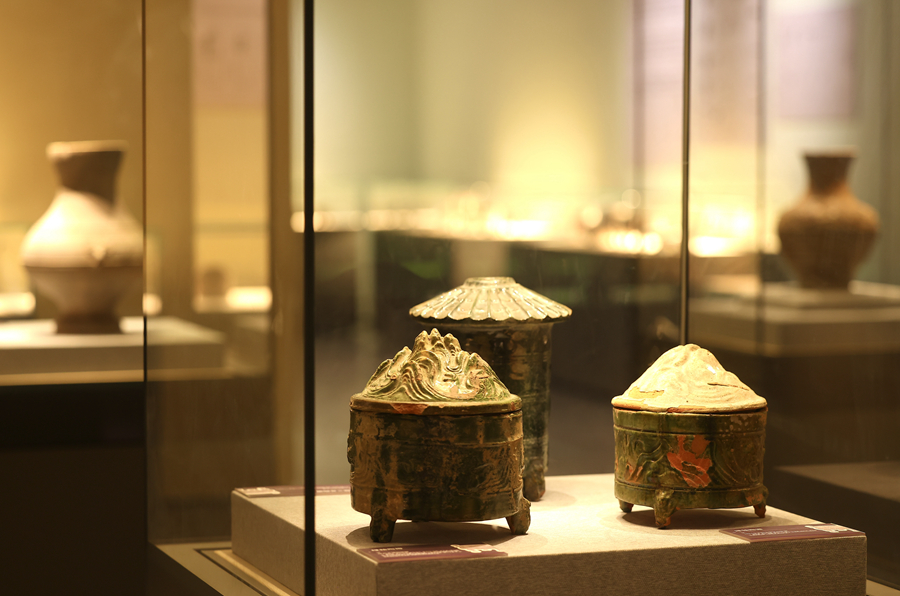
Nanjing University began collecting cultural relics in the 1920s, housing oracle bones, bronze and stone rubbings, calligraphy masterpieces, donations from the school’s founder and alumni, and artefacts unearthed within the university.
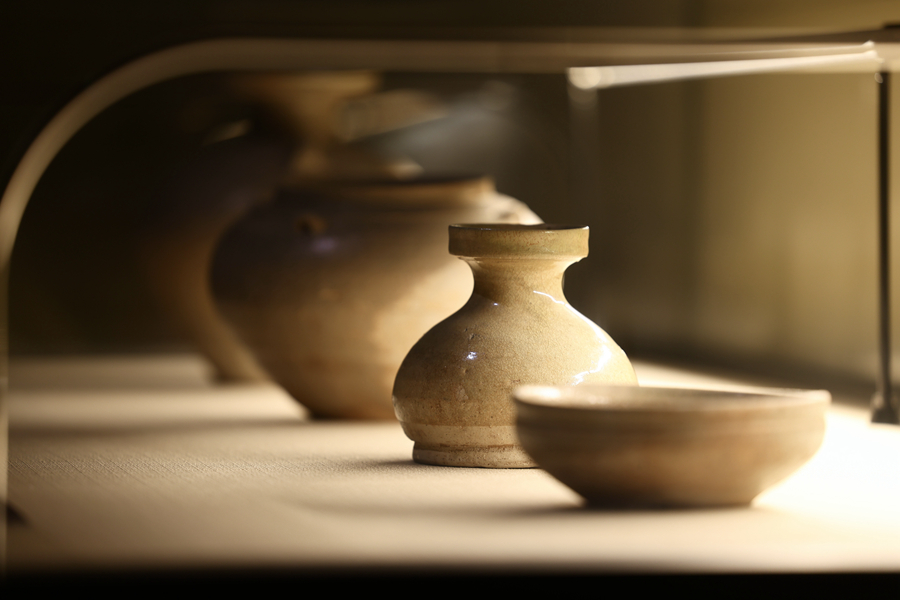

Today, the university boasts nearly 100,000 collections, including animal, plant, and mineral specimens, making it one of the largest of its kind among Chinese universities, and reflecting the university’s efforts in cultural studies as well as the long history of Chinese civilization.
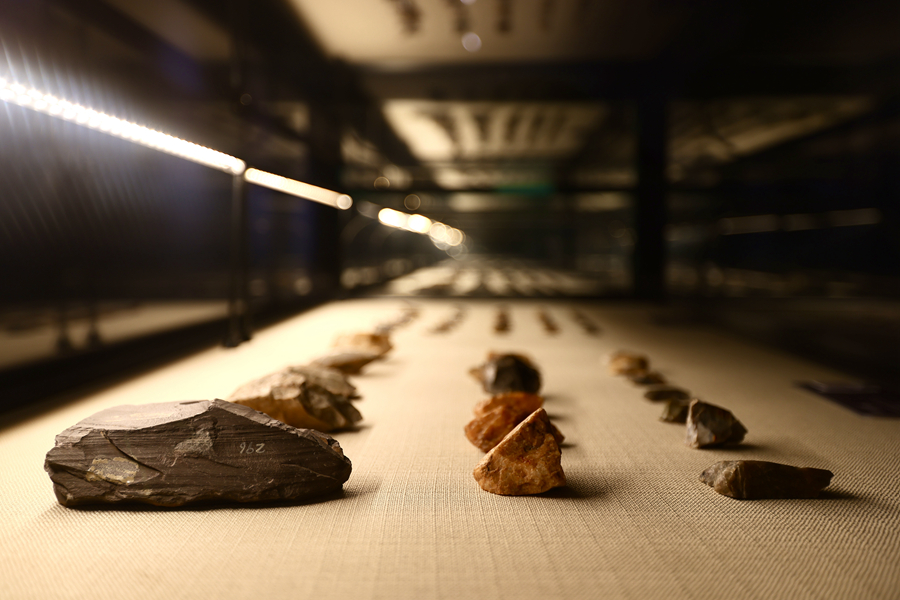
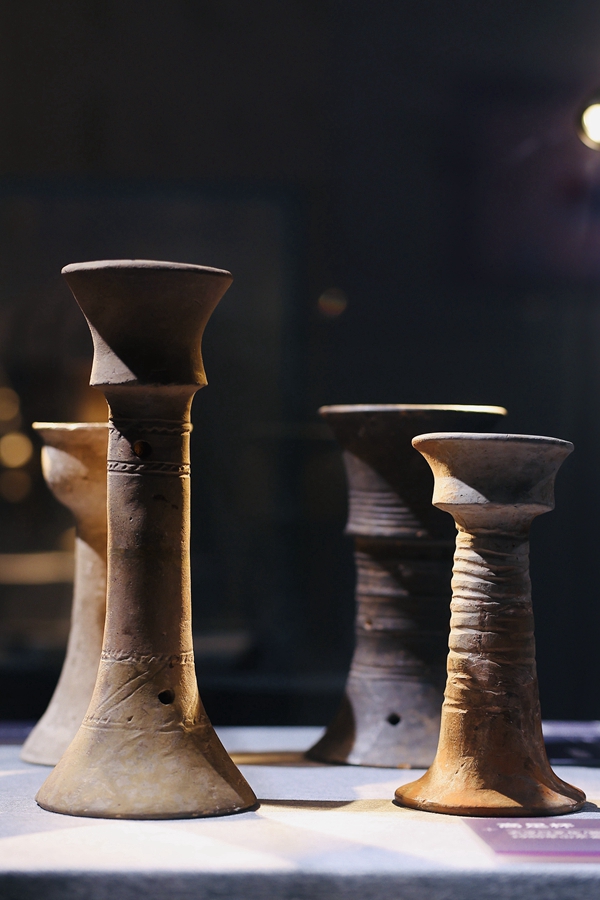
This exhibition features more than 400 precious relics, in which many artefacts and specimens were collected during archaeological internships by the university’s faculty and students, including 15 stone tools from the Dingcun site, discovered in 1954 by Professor Jiang Zanchu, a famous archaeologist from Nanjing University. Dingcun was also the first open-air Paleolithic site excavated in China.
Visitors can also view other valuable items such as colored pottery pots, bronze bells and pottery stoves.




